
Bears are iconic symbols of wilderness across the United States, with many species rebounding thanks to dedicated conservation efforts. In various regions, bear populations are thriving, fostering unique encounters between humans and these magnificent creatures. Each state contributes to creating a sustainable balance between people and wildlife, showcasing natural spaces where bears continue to roam. Here are 10 states where bears roam freely and play an essential role in their ecosystems:
1. Alaska

Alaska is often called the “bear capital of the world,” with an estimated 30,000 grizzly bears and a staggering 100,000 black bears. The state’s largely untouched wilderness offers ideal habitats for bears, with ample food sources and vast territories. Kodiak Island and Katmai National Park are popular spots where visitors often see these majestic animals in their natural surroundings, making Alaska a must-visit for those looking to witness bears in the wild.
2. California

California’s landscape once hosted wild grizzly bears, which no longer roam the state, but black bears have flourished here instead. Today, California is home to 30,000–40,000 black bears that live across various regions, including the Sierra Nevada mountains and coastal forests. These adaptable creatures thrive in California’s varied environments, from dense woodlands to scrublands, where they find plenty of food and space to roam freely.
3. Washington
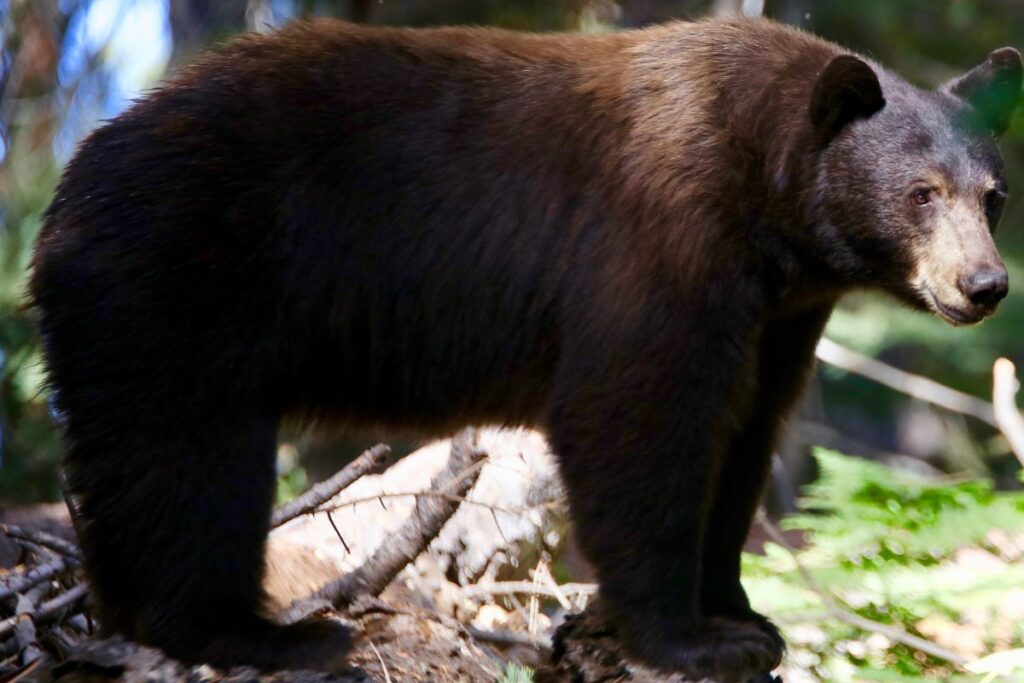
With approximately 25,000–30,000 black bears and an additional 500 grizzlies, Washington boasts a healthy bear population. The North Cascade Range and Olympic National Parks are prime habitats for both black and grizzly bears. The state’s forested areas, rivers, and mountains provide an abundant food supply, making Washington an ideal place for these species. Visitors to these parks may catch a glimpse of bears fishing, foraging, or simply enjoying their natural habitat.
4. Montana

Montana’s rugged landscape is a paradise for bears, with around 15,000 roaming its forests, mountains, and valleys. Home to both grizzly and black bears (approximately 2,000 grizzlies and 13,000 black bears), Montana’s Glacier National Park and the Rocky Mountain Front are prime locations to spot these impressive animals. Here, bears can roam vast tracts of undeveloped land, finding food sources from salmon in rivers to wild berries in the forests.
5. Oregon
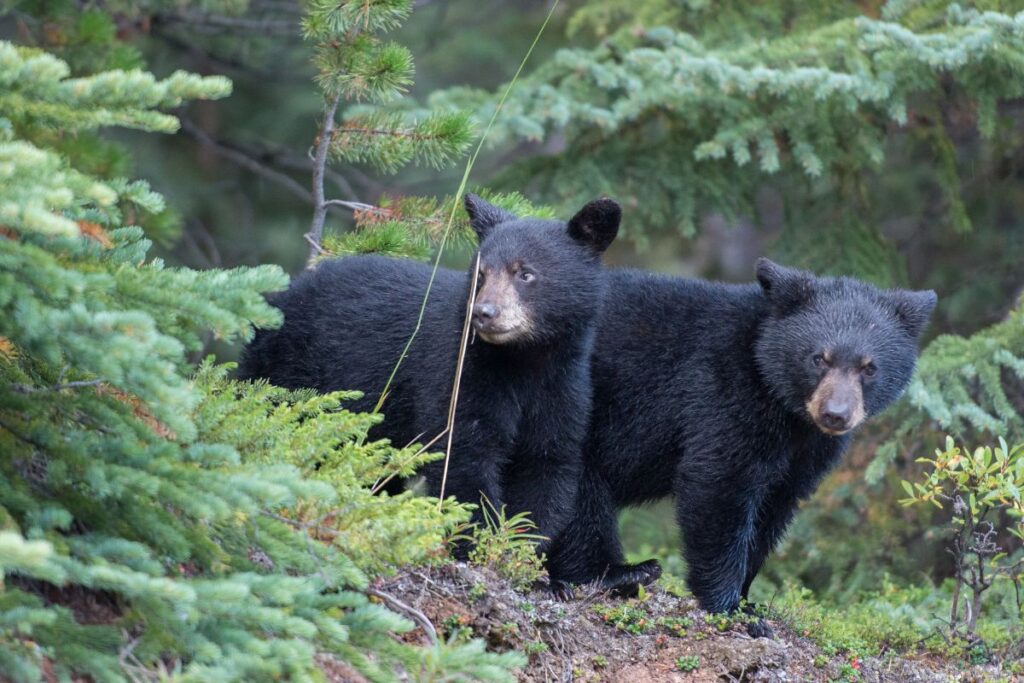
Oregon has one of the largest black bear populations in the U.S., with around 25,000–30,000 individuals thriving in its lush forests. The Cascade Range and Siskiyou National Forest offer the dense cover and food-rich environment black bears need to thrive. Though grizzlies no longer inhabit Oregon, the state’s connection to these animals remains strong, with many places named in honor of the grizzlies that once roamed here.
6. Idaho
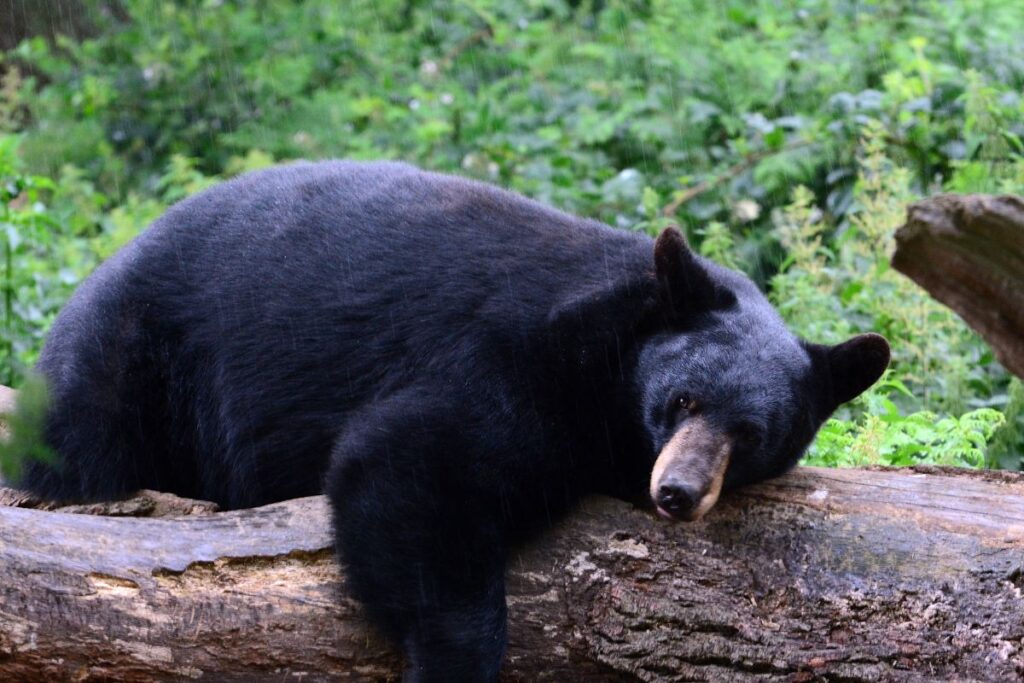
Idaho’s rugged wilderness supports a thriving black bear population of about 30,000, with an additional small group of around 100 grizzlies. The state’s remote regions, such as the Panhandle, Clearwater, and Central Idaho areas, offer an undisturbed refuge for bears. These secluded habitats, rich in vegetation and water sources, are perfect for bears to forage and roam freely. Idaho’s bears contribute to the state’s vibrant ecosystem, reminding residents and visitors alike of the wild beauty of this area.
7. Colorado
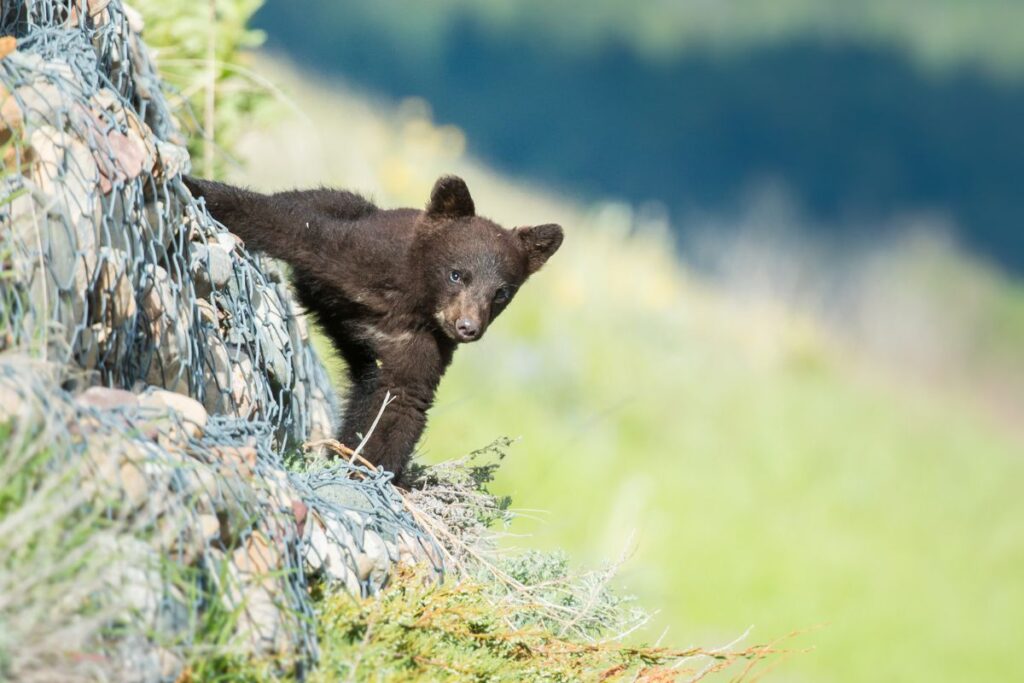
Home to over 18,000 black bears, Colorado has one of the largest black bear populations in the U.S. These bears are commonly found in the wildlands of the Rocky Mountain National Park and other wilderness areas throughout the state. Although Colorado doesn’t have grizzly bears, it does have a unique subspecies of black bear, the Cinnamon Bear, which has a distinctive reddish-brown coat. The state’s mountainous terrain, rivers, and forests make it a sanctuary for these creatures.
8. Utah
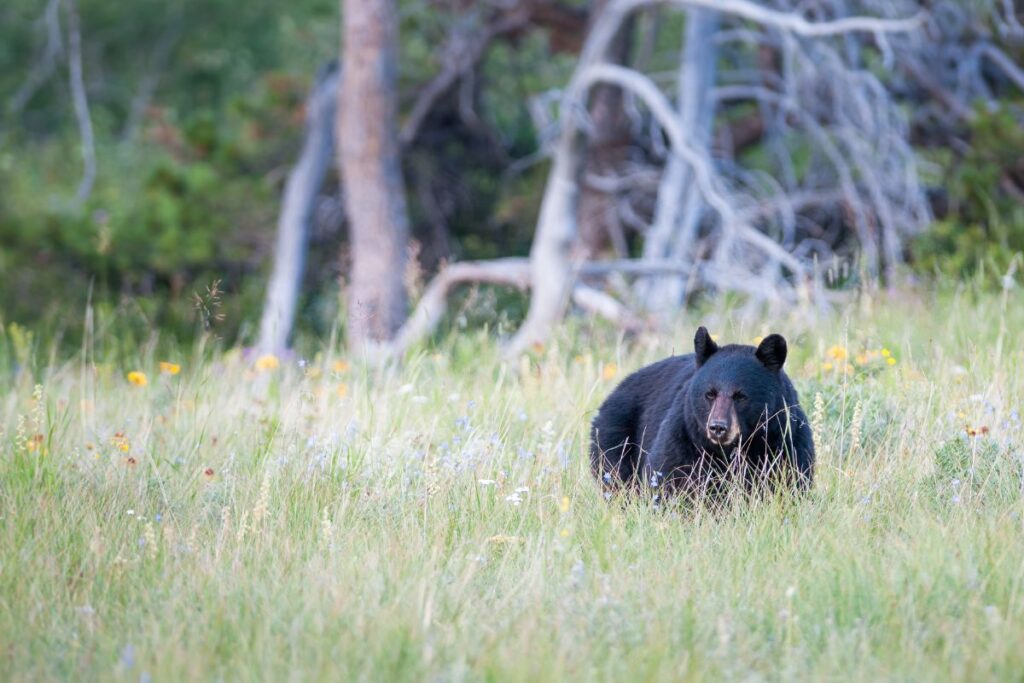
Utah’s wilderness is home to more than 4,000 black bears, which thrive in undisturbed areas like the Uinta Mountains and the Southern Rockies. These rugged terrains provide dense forests, steep slopes, and secluded valleys, all of which offer the perfect environment for black bears to thrive. In Utah, black bears are the only bear species, but they still play a vital role in the ecosystem by helping maintain the balance in their habitats.
9. Wyoming
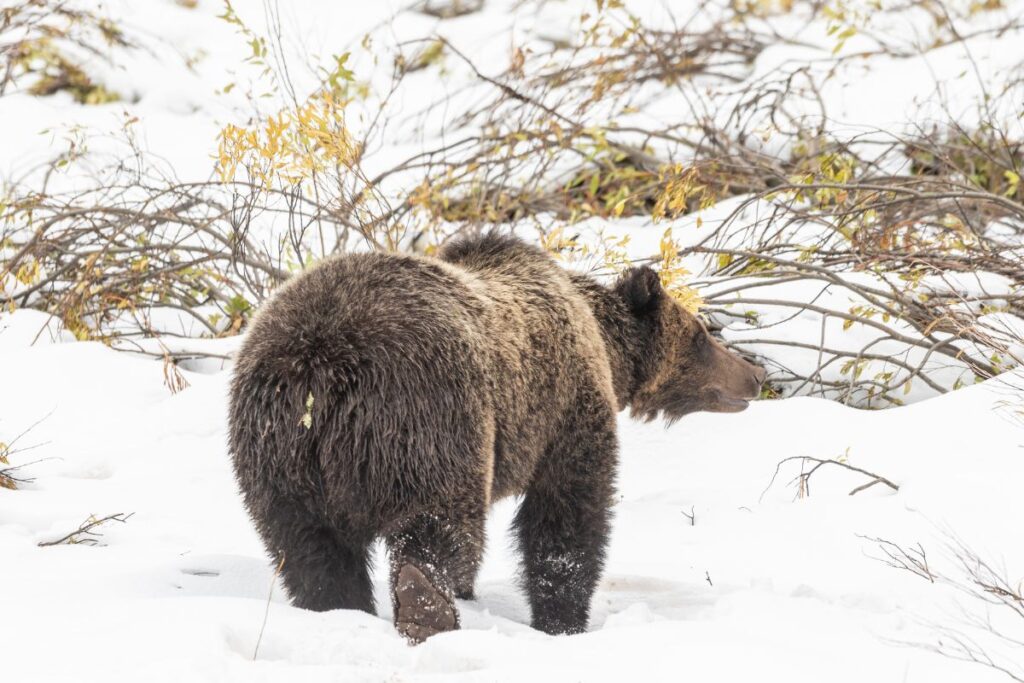
Wyoming’s wild spaces are home to over 700 grizzlies, primarily residing in Yellowstone National Park, which covers over 3,400 square miles of forest, lakes, and mountains. Black bears are also present, though their population is less studied in Wyoming. This area is renowned for its bear-viewing opportunities, particularly around Yellowstone, where visitors can observe these animals in one of the country’s most pristine ecosystems, fulfilling an essential role in Wyoming’s wild landscape.
10. Arizona

Arizona may not have as many bears as some other states, but its estimated population of 2,500 black bears still finds sanctuary in the state’s unique wilderness areas. The bears primarily inhabit the woodland terrains of Mogollon Rim and the Sky Islands, where they can forage for food and move through diverse landscapes. Although sightings are rarer outside these areas, the presence of black bears in Arizona highlights the adaptability of these creatures in varied ecosystems, from mountainous regions to desert-adjacent woodlands.







